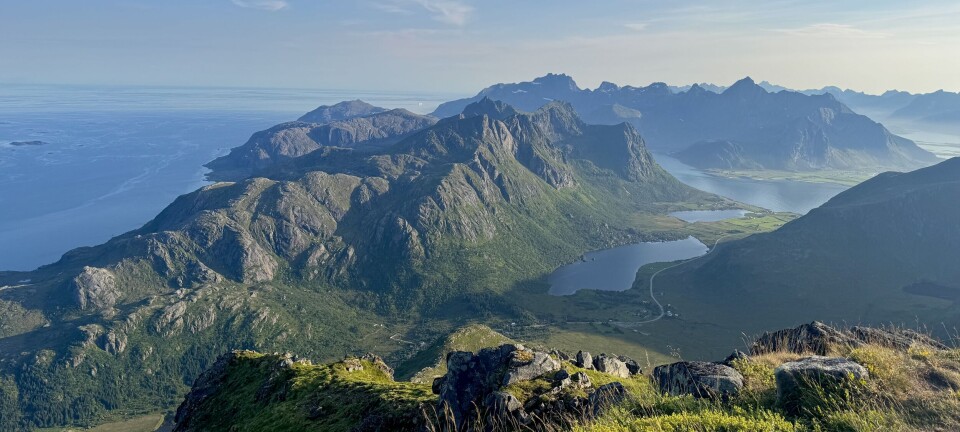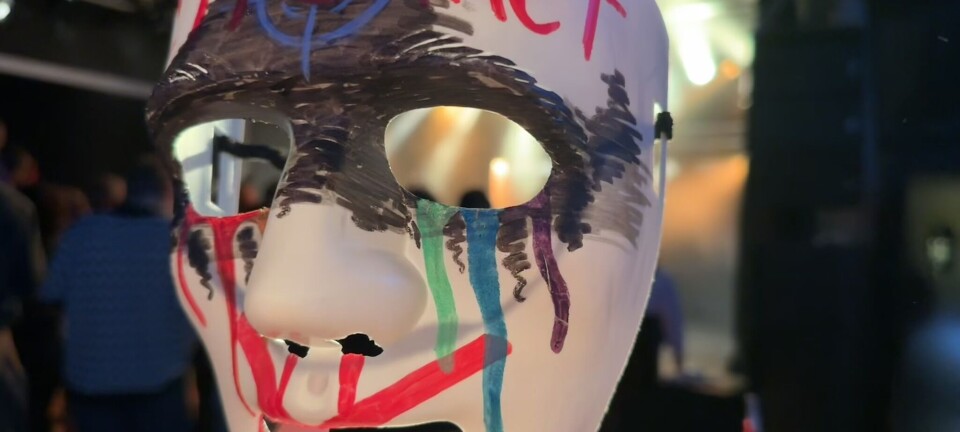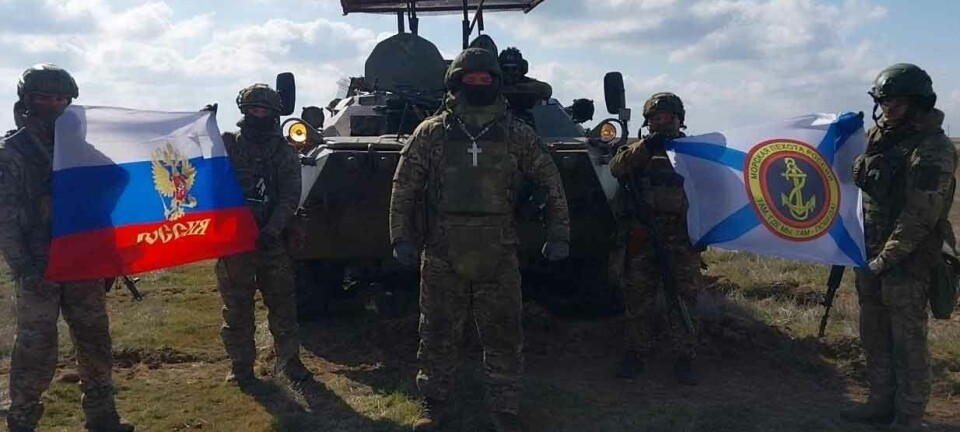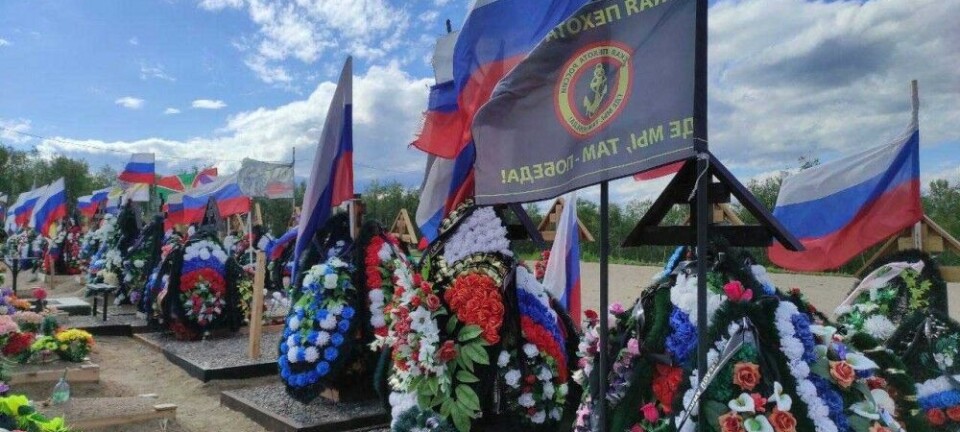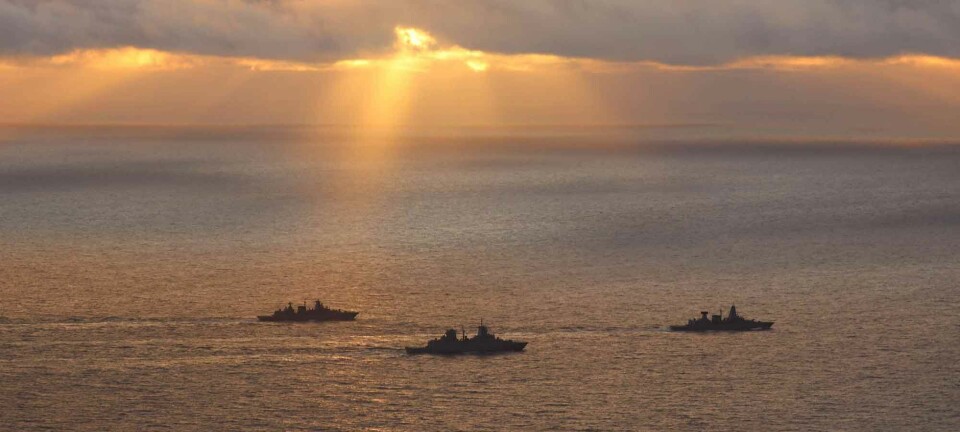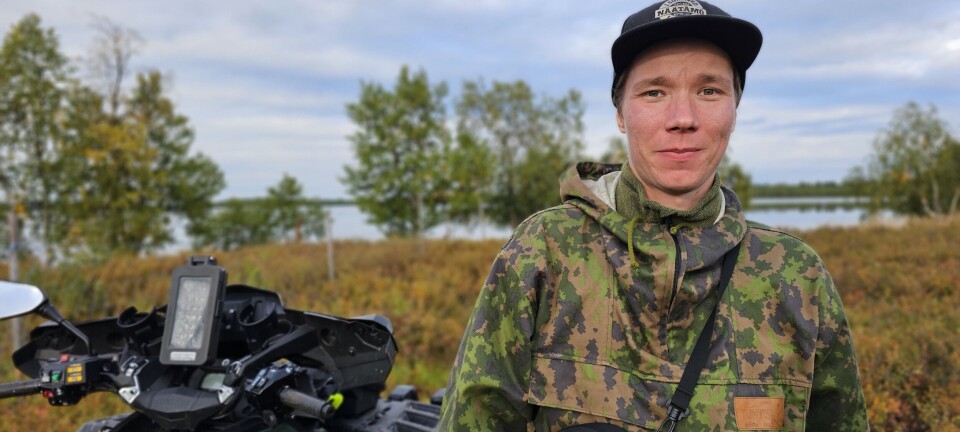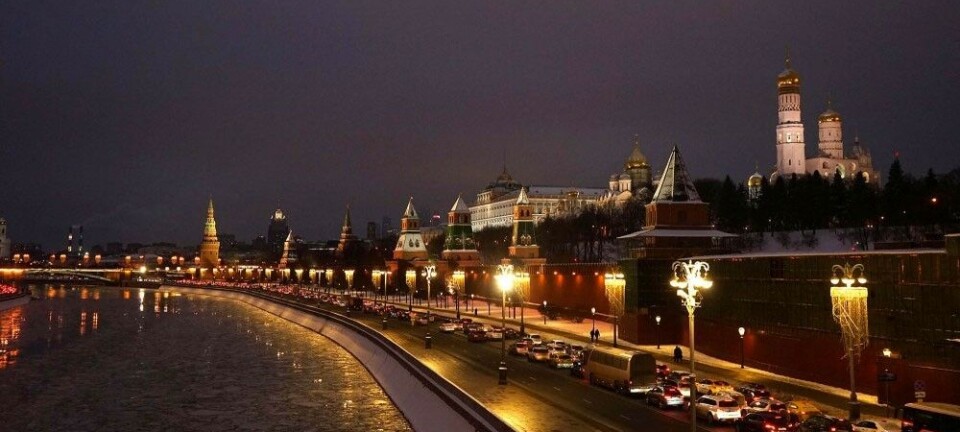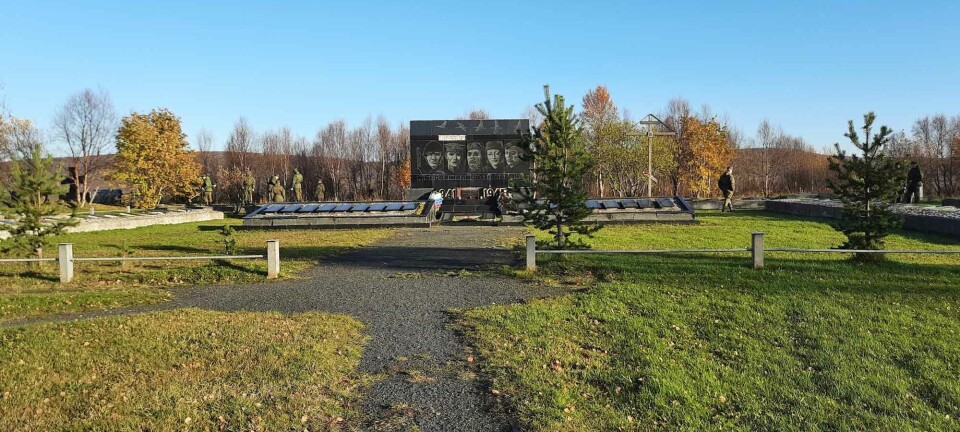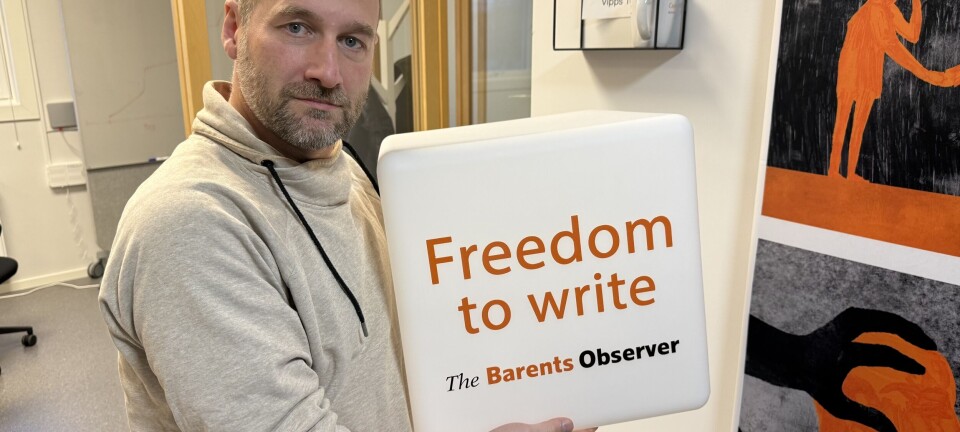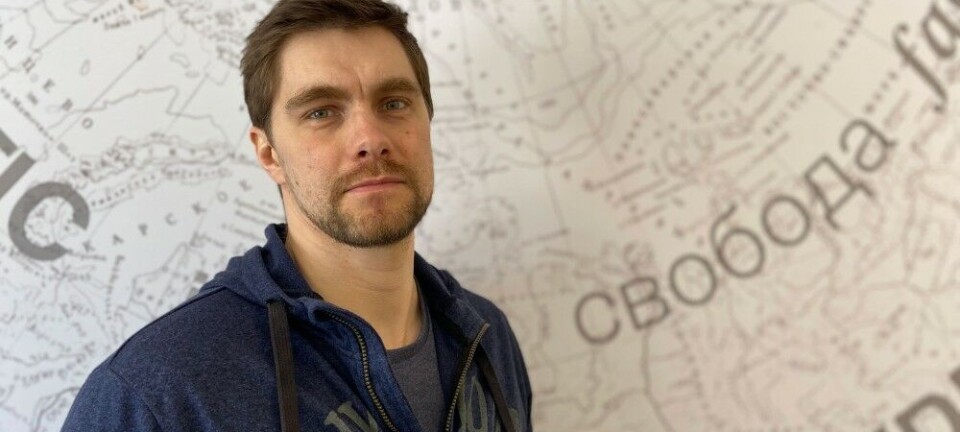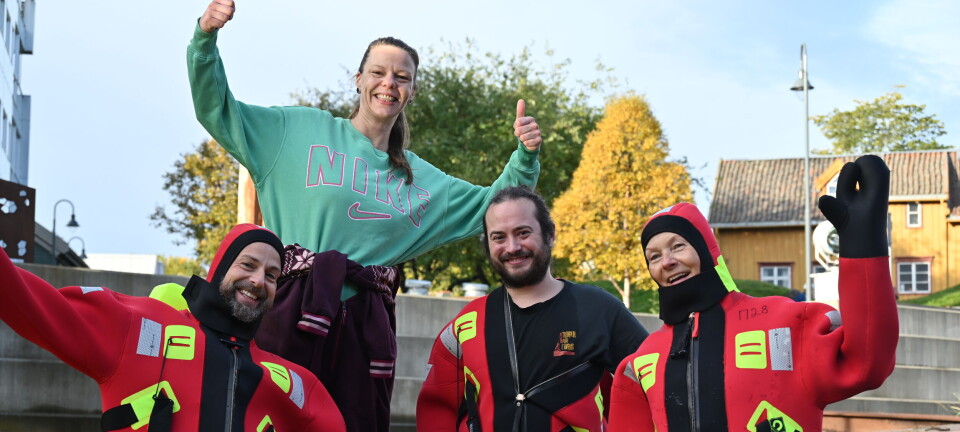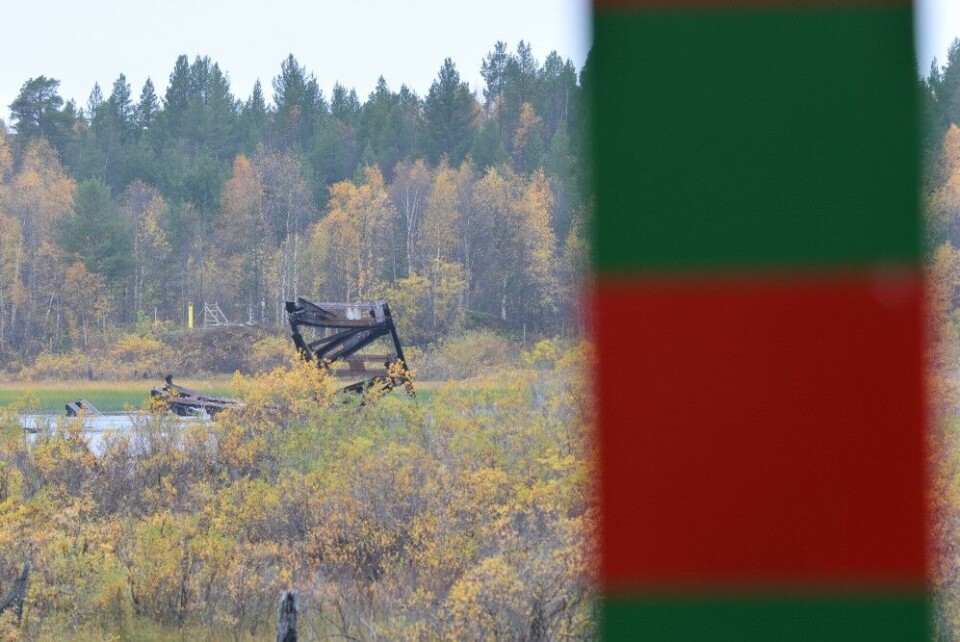
FSB detains more groups of migrants heading to Norway
Fleeing from conflict zones and poverty, but the dream about reaching Norway ends in Russian jail.
p.p1 {margin: 0.0px 0.0px 0.0px 0.0px; font: 11.0px ‘Helvetica Neue’; color: #000000; -webkit-text-stroke: #000000}p.p2 {margin: 0.0px 0.0px 0.0px 0.0px; font: 11.0px ‘Helvetica Neue’; color: #000000; -webkit-text-stroke: #000000; min-height: 12.0px}span.s1 {font-kerning: none}
«I have not received information about this,» says Norway’s Border Commissioner, Roger Jakobsen to the Barents Observer Friday afternoon. He says media is bringing the news very fast.
Over the last few months, the number of attempted illegal border crossings on the Arctic migrant route has increased.
It is the Federal Security Service in charge of border control that informs about the new attempted illegal border crossings to Norway. The information is referred to on Thursday and Friday by Severpost and B-port, two regional news-agencies in Murmansk.
First, two citizens from Iran and three from Pakistan were detained when they tried to cross the border. Then, another group with citizens from Eritrea, Somalia and Yemen was stopped. The migrants were in the age from 22 to 55.
Last week, the Barents Observer reported about attempted illegal border crossings from the Kola Peninsula to Norway by two citizens of Nigeria and shortly before that, four people from Nigeria were arrested in the Pechenga Rayon. It is not clear if they were arrested in the terrain or in some of the towns in the area, like Nikel, Zapolyarny or Pechenga.
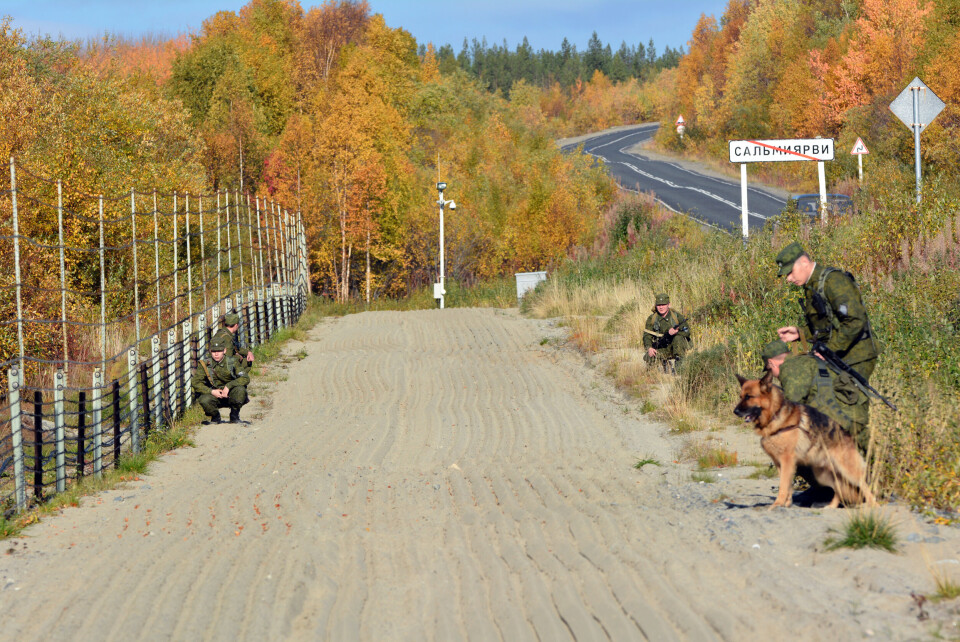
Attempted illegal border crossings can be punished with up to six years in prison.
The latest incidents come on top of a growing number of cases with attempted illegal border crossings to Schengen Europe from the Russian north.
p.p1 {margin: 0.0px 0.0px 0.0px 0.0px; font: 11.0px ‘Helvetica Neue’; color: #000000; -webkit-text-stroke: #000000}p.p2 {margin: 0.0px 0.0px 0.0px 0.0px; font: 11.0px ‘Helvetica Neue’; color: #000000; -webkit-text-stroke: #000000; min-height: 12.0px}span.s1 {font-kerning: none}
In Norway, police officials are not too worried about the number of arrests in the border area.
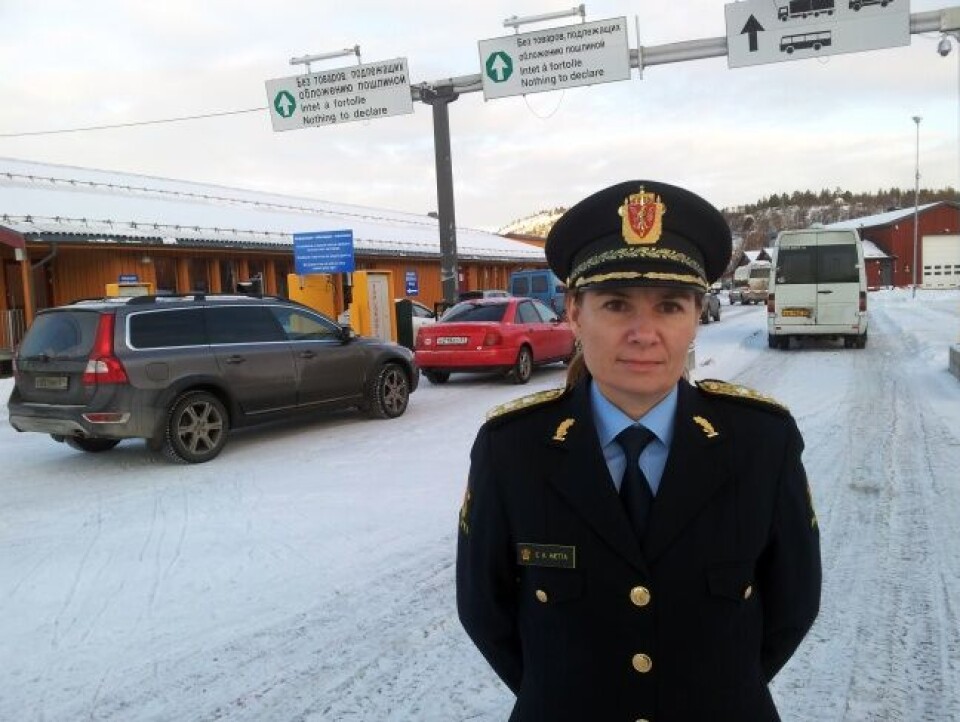
«I’m not worried,» says Chief of Police in Finnmark, Ellen Katrine Hætta when asked by the Barents Observer. «We have a good dialogue with FSB and we know they have good overview at the border,» she says.
«I have no reasons to believe that anyone might get through in the terrain,» Hætta underlines.
So far, no known illegal attempt to cross the border from Russia to Norway over the last year have succeeded. The 196 kilometers land border between the two countries mainly runs through wilderness area. To reach to the actual border line, the persons first have to get through the barbed wire fence which are from a few hundred meters to several kilometers from the border.
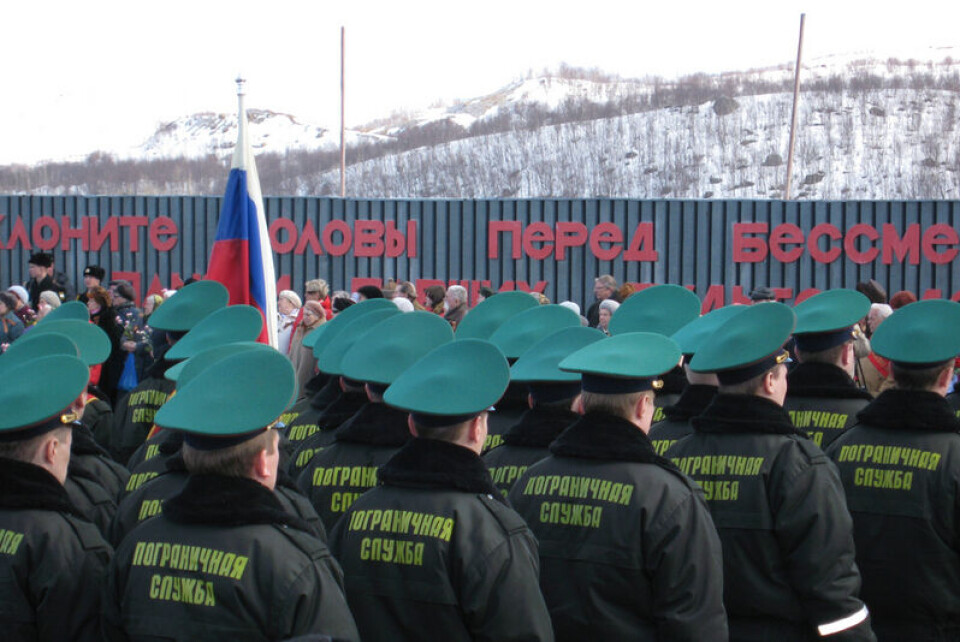
Two-thirds of the Norwegian-Russian border goes in rivers and even in summer time, waters are freezing cold.
In the autumn of 2015, some 5,500 migrants left Russia via the only leagal border checkpoint Borisoglebsk on the main road between Murmansk and Kirkenes. They all biked the few hundre meters to the Norwegian checkpoint at Storskog since it is not allowed to walk over the border. The majority of the migrants then asked for asylum in Norway.
… We hope you liked this article.
Support independent, nonprofit journalism. For 15 years, the Barents Observer has provided serious, fact-based journalism and stories from the Barents region and the Arctic. Please help us continue to be a voice for press freedom in the borderland to Russia. Get engaged and give a small donation.


